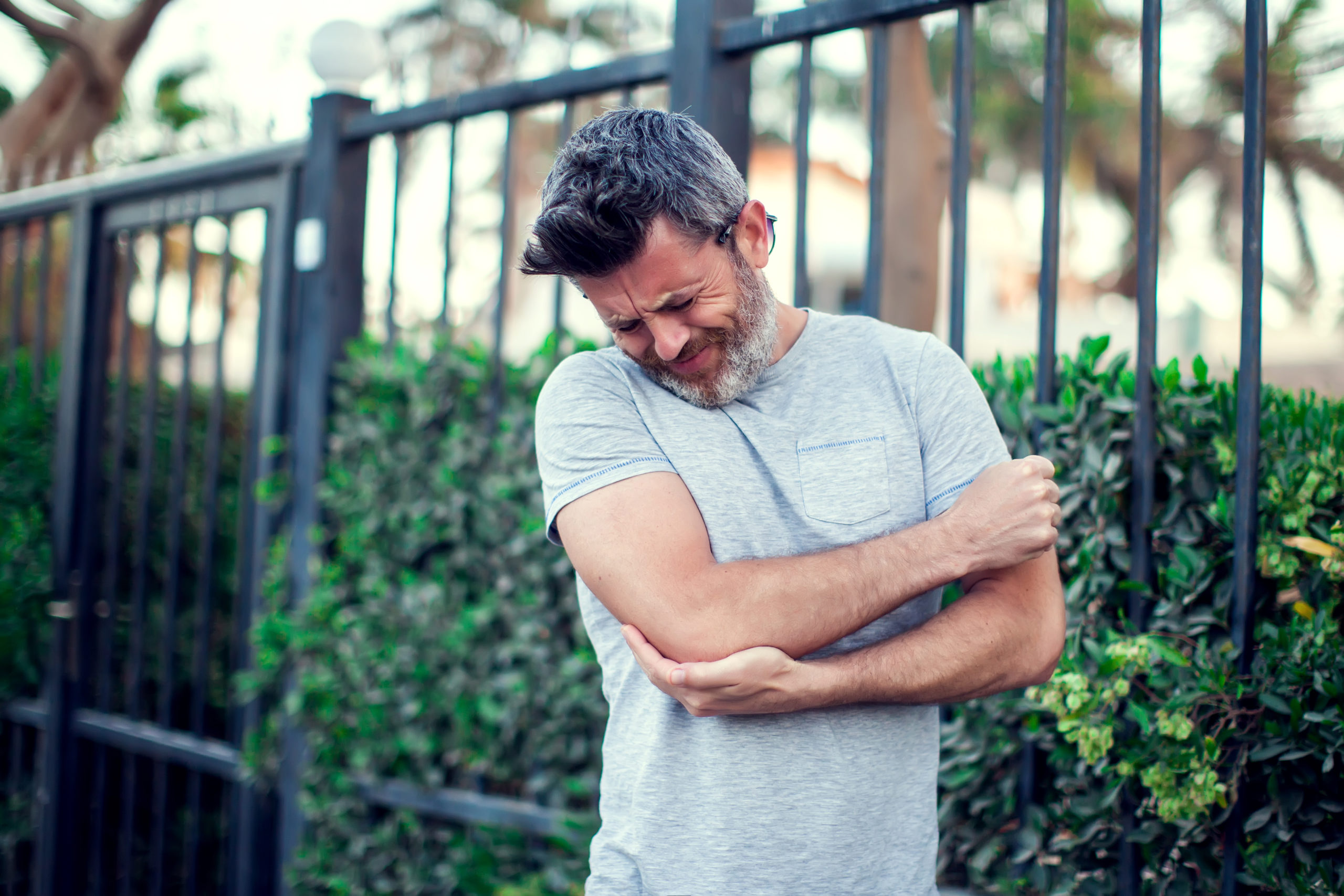The finger is a perfectly balanced anatomic structure. There are many important factors at play which ensure normal finger movement and correct positioning. When something disturbs this balance, the finger’s normal alignment and function may also be disturbed. This can result in what is called a ‘swan neck’ deformity where the finger becomes crooked due to a collapse in the equilibrium of structures supporting the finger.
Articles & Posts by Anne Wajon
Common causes of wrist pain

What is a wrist injury?
A wrist injury can occur from different mechanisms. It may develop over time or it can be from a specific incident like a fall. An injury to the wrist can cause pain, numbness, and fatigue as well as affect the way in which you move your hand and the ability to be able to use it. A hand therapist will be able to assess your wrist to determine the cause of the injury and administer appropriate treatment.
Potential causes and treatments for thumb injuries

 The thumb is an extremely mobile joint that demonstrates a wide range of movement. A thumb injury can be broadly defined as anything that causes pain or discomfort in the thumb – sometimes this occurs without direct impact to the area itself. The scenario above sounds like a soft tissue injury at the base of the thumb, but this is just one of many common thumb injuries.
The thumb is an extremely mobile joint that demonstrates a wide range of movement. A thumb injury can be broadly defined as anything that causes pain or discomfort in the thumb – sometimes this occurs without direct impact to the area itself. The scenario above sounds like a soft tissue injury at the base of the thumb, but this is just one of many common thumb injuries.
Giving a careful history and having a clinical examination from a hand therapist will assist in confirming the diagnosis. Read more
What is elbow tendinopathy?


What is it?
Elbow tendinopathy – commonly known as tennis elbow or epicondylitis – is an injury to the muscles that extend from the elbow to the wrist. Pain can manifest in different places down the arm (and sometimes even in the neck), generally in the lateral epicondyle, which is the bony outer part of the elbow where muscles from the hand and wrist are attached. Symptoms lasting more than 6 weeks are considered sub-acute, whereas those lasting more than three months are considered chronic.
What is thermoplastic plinting?

Thermoplastic splinting material is used when fabricating custom made splints. The splints can be made during a consultation with your hand therapist and may be remoulded to allow for reduction in swelling or to maximise comfort.
Thermoplastic splints differ from traditional plaster casting in that they are lighter, easily moulded to conform to the shape of the individual patient, and can be removed for exercise (if appropriate), cleaning and skin hygiene.
Possible causes of finger pain

 There are many causes of finger pain. The above example sounds like a classic case of trigger finger but there are many issues which may cause pain or discomfort in the fingers and will require treatment from your hand therapist.
There are many causes of finger pain. The above example sounds like a classic case of trigger finger but there are many issues which may cause pain or discomfort in the fingers and will require treatment from your hand therapist.
Possible causes and symptoms of a broken elbow

 The elbow is made up of three main bones: the humerus, the radius and the ulna. The elbow joint consists of portions of these three bones: the distal humerus is the centre of the elbow, the radial head moves around the distal humerus and rotates when the wrist is turned, and the olecranon is the bony part of the elbow that protrudes when your arm is flexed and which cups the end of the humerus. Read more
The elbow is made up of three main bones: the humerus, the radius and the ulna. The elbow joint consists of portions of these three bones: the distal humerus is the centre of the elbow, the radial head moves around the distal humerus and rotates when the wrist is turned, and the olecranon is the bony part of the elbow that protrudes when your arm is flexed and which cups the end of the humerus. Read more
What is De Quervain’s Tenosynovitis?
What is it?
De Quervain’s Tenosynovitis is the irritation of the two tendons that insert at the base of the thumb as they pass through the extensor sheath. The extensor pollicis brevis and the abductor pollicis longus muscles are responsible for lifting the thumb up and away from the palm. Repetitive movements of the thumb and wrist, as well as activities requiring pinching, can cause pain and swelling around the tendons. Aggravating activities include repetitive wrist movements, such as in the example above, and day-to-day activities such as writing, carrying boxes, turning keys and making the bed.
What is a volar plate injury?

 The Volar Plate is a thick ligament which joins together two bones in the finger and prevents hyperextension. It is located on the palm side of the finger in the metacarpophalangeal and interphalangeal joints where they reinforce the joint capsules and enhance joint stability. It is most commonly injured at the proximal phalanx interpahalangeal (PIP) joint which is anatomically more unstable to it’s surrounding joints.
The Volar Plate is a thick ligament which joins together two bones in the finger and prevents hyperextension. It is located on the palm side of the finger in the metacarpophalangeal and interphalangeal joints where they reinforce the joint capsules and enhance joint stability. It is most commonly injured at the proximal phalanx interpahalangeal (PIP) joint which is anatomically more unstable to it’s surrounding joints.
